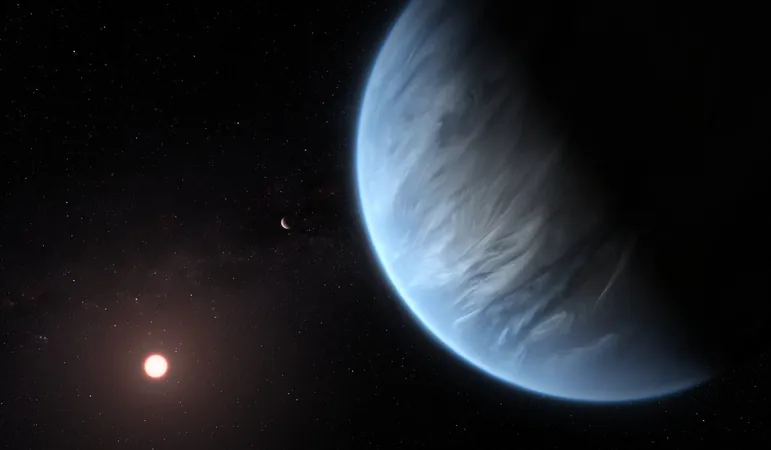
Discovering the Cosmos: Did Habitable Planets Exist Before Galaxies?
2025-01-21
Author: Charlotte
Introduction
In a groundbreaking revelation that could reshape our understanding of the cosmos, new research suggests that habitable planets may have formed long before the first galaxies took shape. For years, the prevailing thought was that galaxies were the cradle for rocky planets. But this fresh perspective raises the tantalizing question: could life-sustaining worlds have emerged during the Cosmic Dawn, even before galaxies?
The Dawn of the Universe
At the dawn of the universe, just after the Big Bang, the cosmos was a different place. Composed primarily of hydrogen (approximately 75%) and helium (around 25%), the universe lacked the heavy elements necessary for rocky planets to take form. It wasn't until several hundred million years later that the first stars and galaxies began to illuminate the dark expanse, creating conditions ripe for the forging of heavier elements through stellar processes.
New Research Insights
Yet, new research, led by Daniel Whalen from the Institute of Cosmology and Gravitation at the University of Portsmouth, hints at a different timeline. Documented in the paper titled “Habitable Worlds Formed at Cosmic Dawn,” found on arxiv.org, the team posits that primordial supernovae—the grand explosions of the universe's earliest stars—could have paved the way for the formation of habitable planets even before galaxies formed.
Population III Stars and Their Role
This research centers on the first-generation stars, known as Population III stars, which were incredibly massive and short-lived. These stars exploded around a redshift of 20, releasing copious amounts of heavy elements back into the universe. The simulations conducted by the research team revealed that these explosive deaths enriched the surrounding space, facilitating the formation of lower-mass stars in their aftermath.
Planetesimals and Rocky Planets
Here's where it gets particularly intriguing: according to the simulations, when one of these supernovae detonated, it could trigger the formation of planetesimals—tiny celestial bodies that are the building blocks of planets. These events could happen in a timeframe prior to the emergence of galaxies. The simulations suggested that the environment created by the supernova leads to conditions conducive to planet formation, including temperature and metallicity levels suitable for the birth of rocky planets.
Water and the Young Solar System
Research also painted a picture of a young solar system with an intriguing presence of water—an essential ingredient for life. The formation process involved a protostar that gradually accumulated planetesimals, which then came together to form planets layered with carbon, oxygen, and iron, just like our own Earth.
Testing the Hypothesis
But how can we test these bold claims? The authors speculate that if such planets do exist, they might be detectable as remnants orbiting ancient, metal-poor stars in future exoplanet surveys. The possibility that rocky planets could have emerged much earlier than previously thought not only challenges our timeline of cosmic evolution but also opens doors to reevaluate the prerequisites for life beyond our own solar system.
Conclusion and Future Implications
However, it's important to note that this research is still in its early stages and based solely on computer simulations of cosmic events. The existence of primordial supernovae is not definitively proven, and their characteristics, including mass and explosion process, remain largely hypothetical due to the infancy of data on Population III stars. These early stars are shrouded in mystery, and our technological capabilities may not yet allow us to observe their distant remnants.
As discussions around these findings continue, the scientific community is challenged to explore these new possibilities. If the existence of habitable worlds before galaxies is validated, it would bring a seismic shift in our understanding of the universe's history and the conditions under which life might thrive.
Stay tuned as we uncover more about the enigmatic past of our universe, and keep your eyes on the stars—you might just be witnessing the next major discovery waiting to unfold!


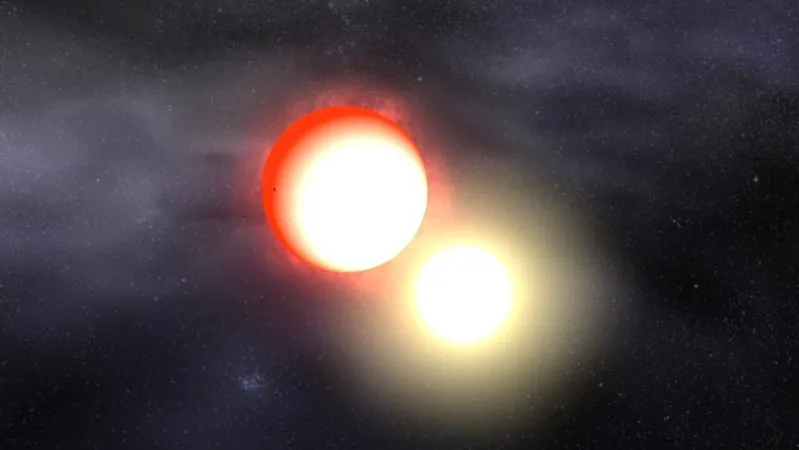

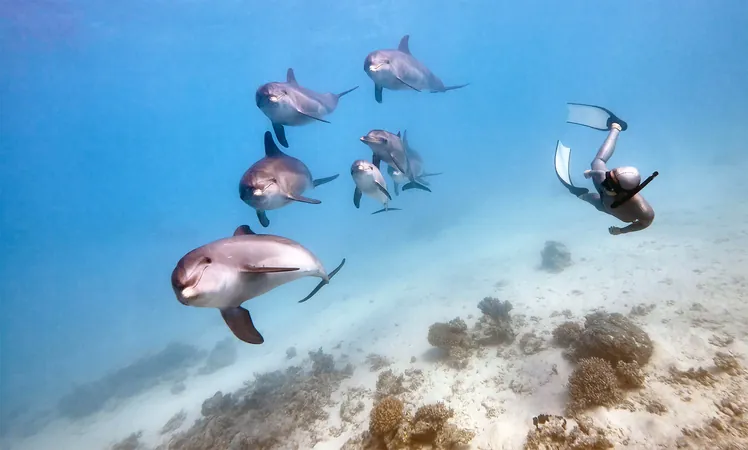

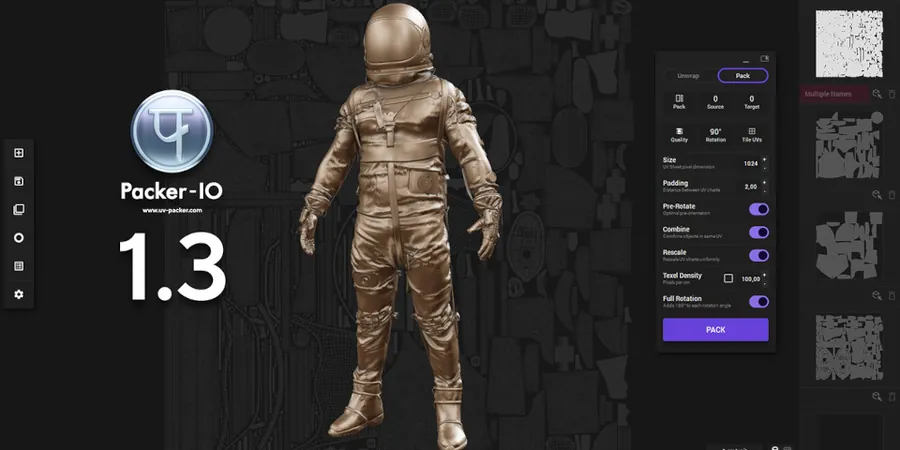

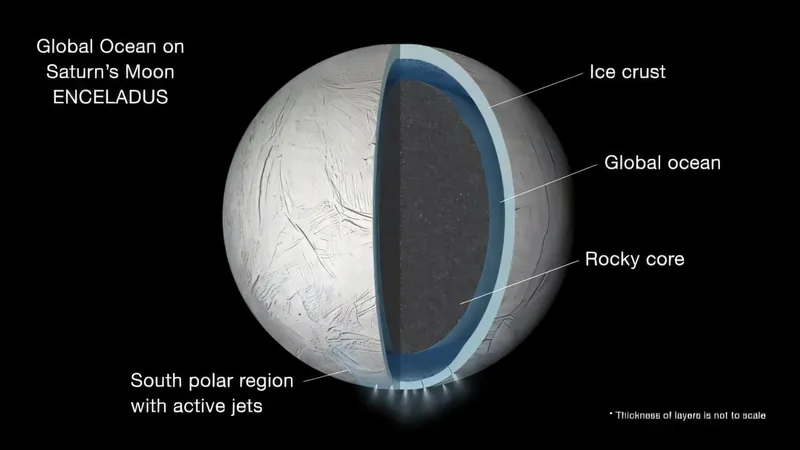
 Brasil (PT)
Brasil (PT)
 Canada (EN)
Canada (EN)
 Chile (ES)
Chile (ES)
 Česko (CS)
Česko (CS)
 대한민국 (KO)
대한민국 (KO)
 España (ES)
España (ES)
 France (FR)
France (FR)
 Hong Kong (EN)
Hong Kong (EN)
 Italia (IT)
Italia (IT)
 日本 (JA)
日本 (JA)
 Magyarország (HU)
Magyarország (HU)
 Norge (NO)
Norge (NO)
 Polska (PL)
Polska (PL)
 Schweiz (DE)
Schweiz (DE)
 Singapore (EN)
Singapore (EN)
 Sverige (SV)
Sverige (SV)
 Suomi (FI)
Suomi (FI)
 Türkiye (TR)
Türkiye (TR)
 الإمارات العربية المتحدة (AR)
الإمارات العربية المتحدة (AR)